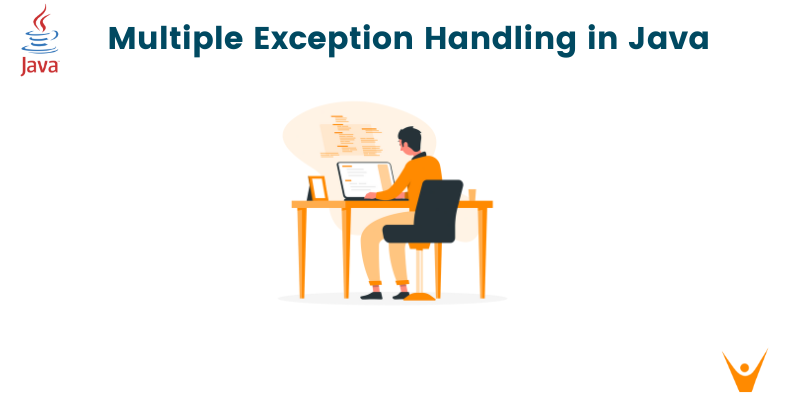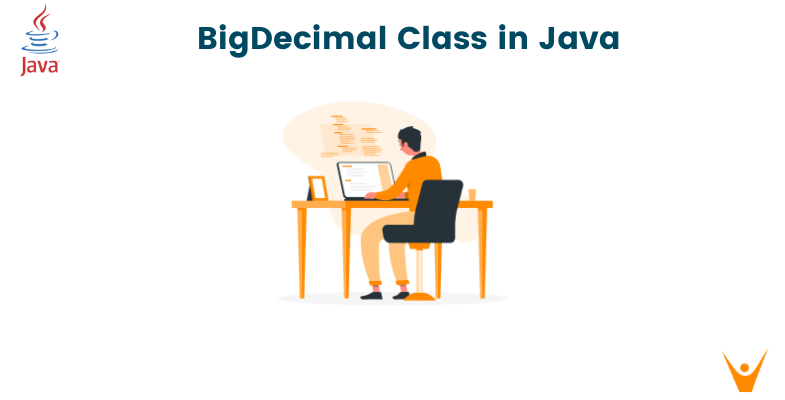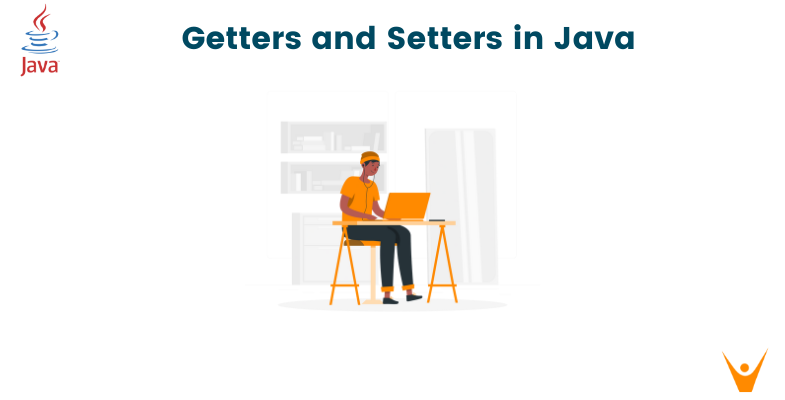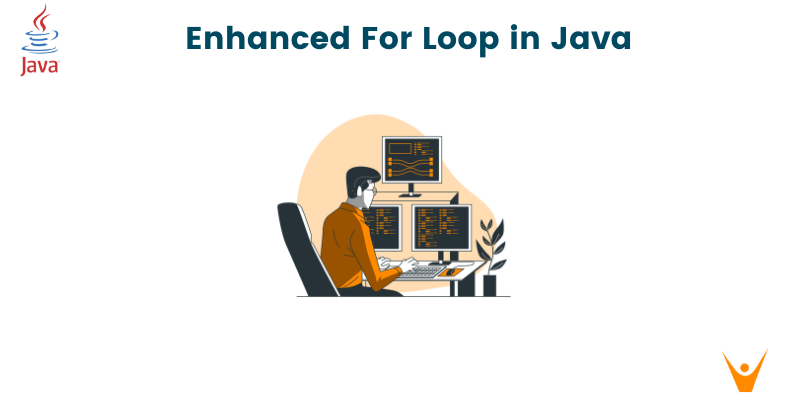Java's exception handling mechanism allows developers to manage runtime errors gracefully, preventing abrupt program termination. Exceptions in Java are categorized into checked and unchecked exceptions, helping identify recoverable and unrecoverable errors. In this article, we will learn the methods to handle multiple exceptions.
Handling Multiple Exceptions
While handling individual exceptions is crucial, scenarios often arise where multiple exceptions can occur within a code block. Handling these exceptions collectively streamlines error management and code readability. Let’s see the use cases of handling multiple exceptions.
Benefits and Use Cases of Handling Multiple Exceptions
- Enhanced Readability: Consolidating multiple exception scenarios into a single handler improves code readability.
- Efficient Error Management: Handling similar exceptions together streamlines error management and maintenance.
- Specific Error Resolution: Targeting specific exception types allows tailored error resolutions for each scenario.
Exception Hierarchy and Categories
The following is the hierarchy of the exceptions:
- Throwable Class Hierarchy: Java's exception classes extend the Throwable class, categorized as checked exceptions (Exception) and unchecked exceptions (RuntimeException and it's subclasses).
- Checked Exceptions: Compile-time enforced exceptions, indicating scenarios where recovery is possible.
- Unchecked Exceptions: Runtime exceptions that don't require explicit handling, often arising from programming errors or unexpected conditions.
try-catch Blocks: Syntax and Implementation
There are three blocks used in exception handling, these are:
- try Block: Encloses the code where exceptions might occur.
- catch Block: Catches and handles specific exceptions that occur within the try block.
- finally Block: Optional block executing code regardless of whether an exception occurs or not.
Multiple Catch Blocks: Basic Structure and Purpose
The multiple catch blocks are used to handle multiple exceptions. The below are uses of multiple catch blocks:
- Handling Different Exceptions: Multiple catch blocks allow handling different exception types independently within a single try-catch block.
- Specific Error Handling: Each catch block targets a specific exception type, allowing tailor-made error resolutions.
Example:
public class MultipleExceptionHandling { public static void main(String[] args) { try { // Code that might throw exceptions int[] numbers = {1, 2, 3}; System.out.println(numbers[4]); // ArrayIndexOutOfBoundsException } catch (ArrayIndexOutOfBoundsException e) { System.out.println("Array index out of bounds: " + e.getMessage()); } catch (NullPointerException e) { System.out.println("Null pointer exception: " + e.getMessage()); } } }
The try block contains code that might throw exceptions (in this case, an ArrayIndexOutOfBoundsException). Multiple catch blocks handle different exceptions separately, providing specific error messages based on the caught exception type.
Catching Multiple Exceptions: Basics and Syntax
In Java, multiple catch blocks can be employed within a single try block to handle distinct exceptions separately. Each catch block targets a specific exception type, allowing precise error handling based on the thrown exception.
Handling Unrelated Exceptions in Separate Catch Blocks
- Exception-Specific Blocks: Each catch block is executed when a particular exception type occurs, allowing customized error resolutions.
- Clear Error Identification: Different catch blocks enhance code readability by clearly identifying and handling various exceptional scenarios.
Handling Related Exceptions Using Polymorphism in Catch Blocks
- Polymorphic Catch Blocks: Superclasses can catch subclasses' exceptions due to Java's polymorphic behavior.
- Hierarchical Exception Handling: Handling exceptions hierarchically can simplify error management by using superclass catch blocks for related exceptions.
Example:
public class MultipleExceptionHandling { public static void main(String[] args) { try { int[] numbers = {1, 2, 3}; System.out.println(numbers[4]); // ArrayIndexOutOfBoundsException } catch (ArrayIndexOutOfBoundsException e) { System.out.println("Array index out of bounds: " + e.getMessage()); } catch (IndexOutOfBoundsException e) { System.out.println("Index out of bounds: " + e.getMessage()); } } }
In this example, the ArrayIndexOutOfBoundsException is caught by the specific catch block.
An IndexOutOfBoundsException (superclass of ArrayIndexOutOfBoundsException) catch block can also handle this exception due to Java's polymorphic behavior.
Multiple Exceptions in Exception Handling Mechanism
The different types of exceptions in multiple exception handling are:
Chained Exceptions and Handling Root Causes
- Chained Exceptions: Represent multiple exceptions that occur in sequence, allowing tracing the root cause.
- getCause() Method: Retrieve the root cause exception using this method.
Propagating Exceptions: throws Keyword and Exception Propagation
- throws Keyword: Indicate that a method may throw multiple exceptions, propagating them to the calling code.
- Exception Propagation: Allows handling exceptions at higher levels in the call stack.
Nested try-catch Blocks: Handling Exceptions in Nested Blocks
- Nested Exception Handling: Use nested try-catch blocks for localized exception handling in specific code segments.
- Granular Error Resolution: Handle exceptions more granularly within smaller code scopes.
Example:
public class MultipleExceptionHandling { public static void main(String[] args) { try { try { int[] numbers = {1, 2, 3}; System.out.println(numbers[4]); // ArrayIndexOutOfBoundsException } catch (ArrayIndexOutOfBoundsException e) { throw new Exception("Nested Exception", e); } } catch (Exception e) { System.out.println("Exception occurred: " + e.getCause().getMessage()); } } }
This example showcases a nested try-catch block structure where the inner block throws a new exception with the original exception as its cause. The outer catch block captures and prints the root cause of the chained exception.
Advanced Techniques in Handling Multiple Exceptions
The advanced techniques which are used in Handling Multiple Exceptions are:
Multi-catch Feature in Java 7+
- Single Catch Block: Catch multiple exception types in a single catch block using the multi-catch feature.
- Code Conciseness: Enhances code readability and reduces redundancy by handling multiple exceptions in one block.
catch Blocks for Checked and Unchecked Exceptions
- Handling Checked Exceptions: Use catch blocks to handle checked exceptions imposed by the compiler.
- Unchecked Exceptions: Unchecked exceptions do not require explicit handling, but catch blocks can still manage them if needed.
Handling Exceptions in Lambda Expressions and Streams
- Lambda Expressions: Handle exceptions in lambda expressions using try-catch blocks within the expression.
- Streams API: Exception handling in Java Streams, such as handling exceptions in stream operations.
Example:
public class MultipleExceptionHandling { public static void main(String[] args) { try { int[] numbers = {1, 2, 3}; System.out.println(numbers[4]); // ArrayIndexOutOfBoundsException } catch (ArrayIndexOutOfBoundsException | NullPointerException e) { System.out.println("Error occurred: " + e.getMessage()); } } }
Java 7 introduced the multi-catch feature allowing a single catch block to handle multiple exception types using the pipe (|) separator. This example demonstrates catching both ArrayIndexOutOfBoundsException and NullPointerException in a single catch block.
Best Practices and Error Handling Strategies
Follow these best practises and error handling strategies in your code:
Error Logging and Exception Handling
- Logging Strategies: Implement robust logging mechanisms to capture and track exceptions for debugging and analysis.
- Log Level Management: Use appropriate log levels to differentiate between exceptions and log them effectively.
Custom Exception Classes: Design and Implementation
- Custom Exception Types: Create custom exception classes for specific error scenarios to provide detailed error information.
- Exception Hierarchy: Organize custom exceptions in a hierarchy for better categorization and handling.
Testing Strategies for Exceptional Scenarios
- Unit Testing Exception Handling: Develop test cases to cover various exception scenarios to ensure error-handling functionality.
- Boundary Condition Testing: Test edge cases and boundary conditions to verify exception handling under different circumstances.
Example:
public class CustomExceptionExample { public static void main(String[] args) { try { validateInput(101); } catch (InvalidInputException e) { System.out.println("Invalid input: " + e.getMessage()); } } public static void validateInput(int value) throws InvalidInputException { if (value < 0 || value > 100) { throw new InvalidInputException("Input should be between 0 and 100"); } } } class InvalidInputException extends Exception { public InvalidInputException(String message) { super(message); } }
The example demonstrates the creation and usage of a custom exception (InvalidInputException) to handle invalid input scenarios. It showcases how custom exceptions can provide specific error messages and help categorize different types of errors.
Real-world Applications and Use Cases
Following are some real world applications and use cases of multiple exception handling:
Examples from Java Standard Library Utilizing Multiple Exception Handling
- File I/O Operations: Demonstrate how Java's I/O classes handle multiple exceptions related to file operations.
- Networking: Illustrate multiple exception handling scenarios while dealing with networking APIs like java.net.
Use Cases in Java Frameworks and APIs
- Spring Framework: Examine how Spring handles multiple exceptions in various modules like Spring MVC or Spring Boot.
- Hibernate ORM: Explore multiple exception handling in Hibernate ORM during database operations.
Demonstrations from Real Projects and Applications
- Logging Frameworks: Showcase multiple exception handling approaches in logging frameworks like Log4j or SLF4J.
- Enterprise Applications: Examples from enterprise-level applications showcasing robust error handling strategies.
Example:
import java.io.FileInputStream; import java.io.FileNotFoundException; import java.io.IOException; public class RealWorldExample { public static void main(String[] args) { try { FileInputStream file = new FileInputStream("file.txt"); // Perform file operations } catch (FileNotFoundException e) { System.out.println("File not found: " + e.getMessage()); } catch (IOException e) { System.out.println("IO Exception: " + e.getMessage()); } } }
The example demonstrates multiple exception handling in file operations, handling FileNotFoundException and IOException. Real-world applications often require handling multiple exceptions to ensure robustness in error management.
Conclusion
Handling multiple exceptions in Java stands as a pivotal aspect of robust and reliable software development. The ability to gracefully manage diverse error scenarios ensures code resilience. In this article, we explored different exceptions and how to handle them. We also learned advanced techniques and best practices of handling multiple exceptions.








